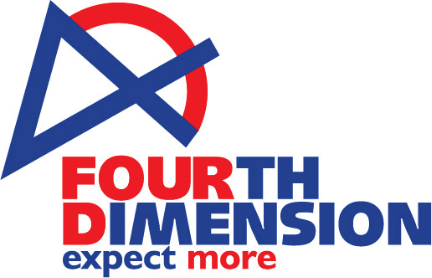A Holistic Approach to Assessment, Monitoring, and Management of Technical Debt
Infrastructure
Technical debt is the silent disruptor in your IT landscape—technical debt. It emerges when IT resources fall out of sync with organizational needs, spanning from code to hardware. Shockingly, engineers spend 33% of their time managing it. It's a wake-up call, as 60% of CIOs have observed a noticeable increase.
To overcome this challenge, it’s crucial to assess, monitor, and manage technical debt efficiently. In this blog, we’ll delve into the process of evaluating and eliminating technical debt within your IT setup.
Assessing technical debt
The journey to eradicate technical debt begins with a comprehensive assessment of its impact on your organization. According to a study done by Mckinsey, 87% of CIOs worldwide feel that the complexity of their existing IT architectures delays investments in cutting-edge technologies. To gauge the weight of technical debt, consider the following factors:
- Baseline Expense: Identify the cost of maintaining existing functionality as your starting point.
- New Development Costs: Evaluate the expenses associated with any new, necessary development.
- Support and Bug Fix Costs: Factor in the inevitable costs related to user support and bug fixes.
- Long-term Maintenance Costs: Assess the expenses tied to software maintenance and routine upgrades.
- Integration Costs: Recognize the costs of moving data between different systems, often overlooked in budget planning.
These assessments become percentages of your overall projected IT spend, offering a clear picture of your organization's technical debt. Additionally, keep an eye out for signs of future technical debt, such as project request backlogs, reliance on side contractors, rising support tickets, hesitance to upgrade software platforms, and duplicate contracts.
Monitoring Technical Debt:
Monitoring gives you the information required to make proactive decisions. It lets you take care of problems before they get out of hand and affects how well your IT system functions.
Let's explore how to monitor technical debt in your IT setup:
- Key Performance Indicators (KPIs): Define KPIs that align with your organization's goals. The rate of issue resolution, the time taken for software upgrades, or the frequency of support tickets are a few of them.
- Regular Audits: Conduct regular audits to assess the current state of technical debt.
- Automation Tools: Leverage automation tools to streamline the monitoring process. Automated alerts can notify you of unusual patterns, allowing for quick intervention.
- Collaboration and Communication: Foster a culture of collaboration between IT teams and other departments.
Managing IT Architectures More Efficiently
To eliminate technical debt and boost efficiency in 2022, a thorough assessment is crucial. But where do you start?
- Operational Footprint Catalogue: The assessment process leads to a catalogue of your systems' operational footprint. Regular reviews prevent the accumulation of technical debt, allowing you to stay proactive.
- Applying Knowledge: Applying insights gained from the assessment within the context of your business strategies enhances understanding. This results in improved business value, a better customer experience, and a deeper comprehension of the tech stack governing your operations.
- Enhanced Understanding: A technical debt assessment contributes to a better understanding of your cybersecurity posture, compliance with regulatory rules, and identification of business or technology silos.
- Cost Visibility: Evaluate labor costs at both micro and macro levels, gaining clarity on expenditures and aiding informed decision-making.
By implementing these measures, you not only eliminate existing technical debt but also create a roadmap for preventing its recurrence. This proactive approach fosters an environment conducive to innovation and digital transformation.
Final Thoughts
In addition to freeing up resources, managing and evaluating technical debt positions your company for long-term success. It can be overwhelming to monitor and manage technical debt on a regular basis. To relieve stress on overburdened IT staff, it is best to seek the services of a reputable third-party provider. Fourth Dimension Technologies is a trusted partner for streamlining your non-profit's IT infrastructure. Contact our team here.
